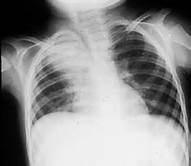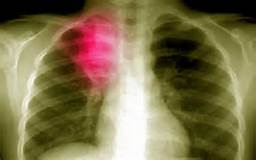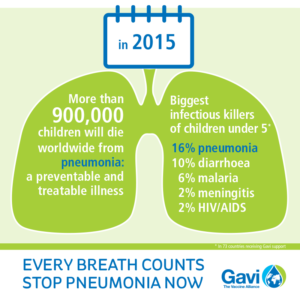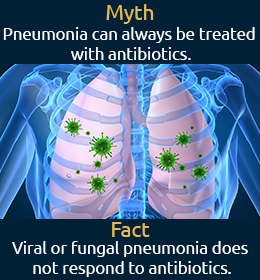

Financial Reasons
The holidays can put a strain on even the most balanced budget. No matter how carefully you plan for the holiday season, the expense of purchasing gifts for family members, friends, colleagues, teachers, and others can be a significant stressor. Other costs such as food, travel, and the seasonal increase in utility bills can add to the stress.
Dealing with Crowds
In addition to stress caused by extra holiday spending, the very act of going shopping during the busiest season of the year can trigger seasonal stress. During the holidays, the stores are crowded, parking at malls and shopping centers is packed, and traffic is fierce. The stress of struggling to get to where you need to go to purchase items for those on your shopping list can really take a toll.
Increased Social Obligations
During the holiday season, there seem to be more demands on your time than at any other time of the year. Between school plays, office parties, cocktail parties, club or association gatherings, open house events, and additional social functions, it can be hard to find a free afternoon or evening to relax and unwind.
Preparing for Company
For many people, the holidays mean preparing for out of town guests. Preparing your house for visiting family members can be very stressful, as can dealing with having houseguests. Whether your relatives will be staying with you for a few days or for an extended period of time, having people in your home especially sleeping over can be stressful.
The Seasonal Stress Factor
Holiday stress can do more than wear down your patience. Juggling shopping, decorating, and cooking with holiday events and school vacations can take an emotional and subsequent physical toll on heart health. This escalates if there’s an additional stress from a death, illness or emotional distress in the family. In fact, emotional stress – such as feelings of anxiety, anger, fear, bereavement or depression – preceded heart attacks in 14 to 18 percent of patients, according to a study conducted by Mittleman and fellow researchers from BIDMC’s Institute for Prevention of Cardiovascular Disease. “Social interaction can boost your health and feelings of well-being as long as it’s positive,” Mittleman explained. However, “If tempers escalate at a family function, the best thing you can do is distance yourself.” Physical stress can also present risks. “We often see people in the hospital’s emergency department after a snow storm,” saidDr. Edward Ullman, a BIDMC cardiologist specializing in Emergency Medicine. “These are frequently individuals who are not in great physical condition, perhaps 50 to 60 years old, who have a significant coronary event when they are shoveling snow.” When it’s cold out, arteries clamp down and blood pressure can go up, according to Ullman. The incidence of heart attacks rises in the early morning, which is when most folks are shoveling snow.
Respiratory Conditions and Medications
Holiday merrymaking with groups of people in confined areas presents ample opportunities to pass along colds, viruses and the flu. The flu and respiratory infections trigger inflammation in the body, which can make plaque within arteries more likely to rupture, blocking arteries and raising the risk for heart attack. The good news is that getting a flu vaccine may protect you from more than just the flu. A recent study conducted in the UK found that a flu vaccination resulted in a 19 percent decrease in heart attack risk during the following year. If you are already fighting a cold, avoid taking decongestants if you have heart disease or high blood pressure. “While decongestants are designed to constrict blood vessels in the nose and airways, they also narrow blood vessels throughout the body,” said Ullman, “which can raise your blood pressure and increase your risk of heart attack or stroke.” Some decongestants, such as Pseudoephedrine, act as stimulants and raise the risk of irregular heartbeat in patients with atrial fibrillation, who are already at higher risk for cardiac dysfunction.
The Mayo Clinic recommends:
“The holidays are a time for family and cheer, but making sure the house is clean, the food is ready, and the presents are wrapped and ready to be opened can be overwhelming. These factors can bring unwanted stress and depression in a time meant for happiness.
Some important, practical tips can help minimize the stress that accompanies the holidays. These tips may even help you enjoy the holidays more than expected.
Through the endless parties, cooking, shopping and cleaning, try taking one of 9 steps to ensure you have a stress-free holiday:
1. Plan ahead.
Between co-workers, friends and family, it’s inevitable that some commitments will end up on the same day. Make sure to plan on what you can attend in person or virtually. If you’re hosting the holidays, create a menu to help you stay organized and make grocery shopping easier.
2. Say no.
With holiday commitments, it is OK to say no to a few or all of them. It also will help relieve some stress. Try sharing your to-do list with other family members.
3. Plan spending.
The holidays mean spending money. Make a budget and stick to it. Spending money on your loved ones is important, but it’s also important to pay your energy bill. Don’t buy gifts that you’ll be paying off for the rest of the year.
4. Create relaxing surroundings.
Turn on some music, light some candles or open the windows on a sunny day. Research has found that listening to music and the scent of citrus can boost feelings of well-being, and vitamin D is always a happiness booster.
5. Maintain healthy habits.
The holidays are notorious for ruining healthy habits. A short workout each morning will help your decision-making throughout the day. Encourage your family to try snow shoeing or sledding to get in extra exercise. Eat healthy snacks like fresh fruit or vegetables throughout the season and to fill up before a dinner party or celebration with tempting, but unhealthy, foods.
6. Share feelings.
Spending a holiday after a loss in the family can be difficult. Accept your feelings and open up about them to others. It may make you feel better to share. Try to switch up old traditions to ease the loss.
7. Respect differences.
Family members will have different viewpoints than your own. Try your best to forgive and forget this holiday season. Focus on your similarities, and replace tension with something productive.
8. Be realistic.
You are only one person, and you can only do so much. Be realistic with how much you can handle this season. Forget about perfection, and relax and enjoy the company surrounding you.
9. Take a break.
Don’t forget about your own needs. Take a nap, go for a short walk, read a book or watch a funny movie. Laughing relaxes the whole body, and can relieve physical tension and stress.
Holidays are meant to be a fun, enjoyable time with friends and family. These tips can help ensure you truly enjoy your holidays when stress starts to set in.








 (https://www.joyce.edu/blog/national-handwashing-awareness-week/#handhygiene)
(https://www.joyce.edu/blog/national-handwashing-awareness-week/#handhygiene)